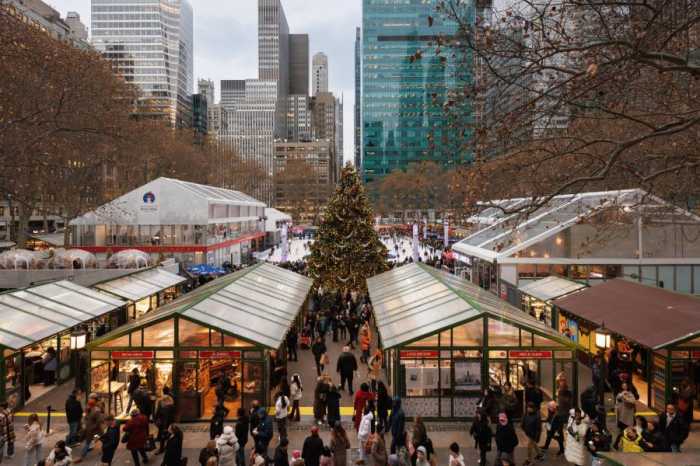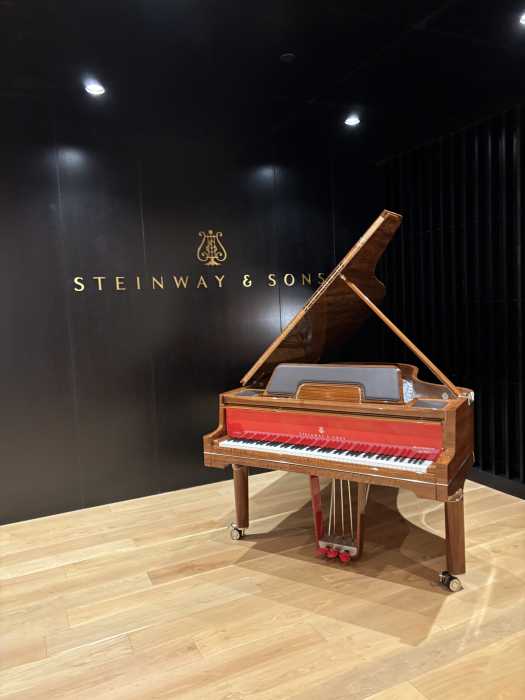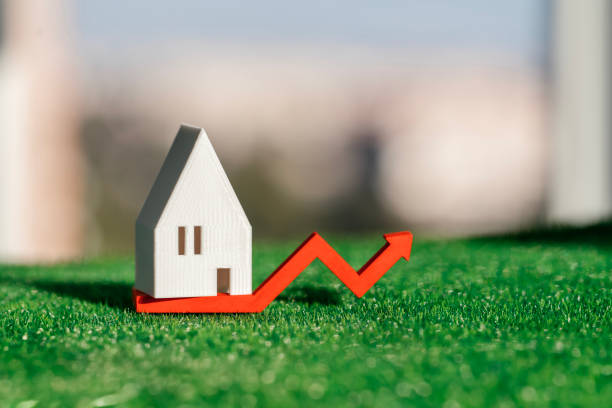New York City’s smoking violations have blown through the roof over the past two years, according to a report by RealtyHop.
The data shows that the number of smoking violations across the city has gone up 65 percent from 2016 to 2018, suggesting that New Yorkers have become more vigilant about reporting the rising tide of e-cigarette use in prohibited places like workplaces and other public areas.
While the total number of smoking violations in Queens remains significantly lower than every borough besides Staten Island, the data shows Queens to have a different problem. According to an interactive map that RealtyHop released, all 10 of the highest concentration of smoking violations were in areas surrounding parks or cemeteries.
The high concentration of park violations arise from an expansion of the Smoke Free Air Act that the City Council passed in 2011 to ban smoking in parks, beaches, pools and other areas controlled by the New York City Parks Department. The original 2002 law enacted a ban smoking limited to most workplaces, including bars, restaurants, clubs, offices and other public areas.
The study also found that the higher levels of homeownership corresponded to lower levels of smoking violations. In other words, if more units are owned, fewer smoking violations are likely to be filed.
Borough-wide, this correlation holds true to the data. Queens homeownership is 47.4 percent, second only to Staten Island, and significantly higher than the other three boroughs, according to Federal Reserve Bank of St. Louis. More homeownership limits the potential for violations in shared common space in rental apartment buildings, and pushes violations out into public space like parks.
All park and cemetery violations aside, Queens fared well in the healthiest neighborhood category. Cambria Heights, St. Albans and Rosedale all ranked in the top five lowest rates of smoking complaints in all five boroughs.
That’s not to say that there aren’t some exceptions – Astoria ranked as one of the city’s top five highest offending neighborhoods.





































